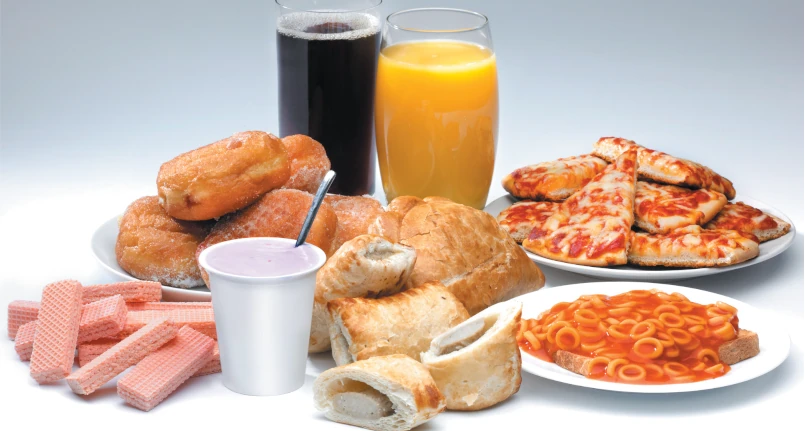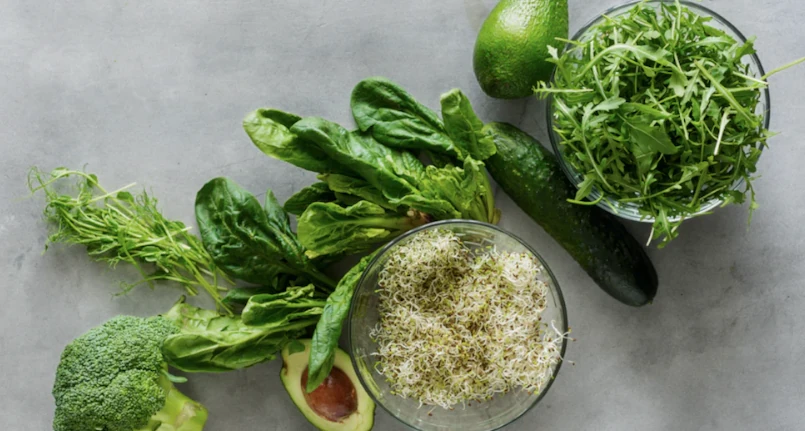Introduction
Processed or transformed foods should be drastically limited within a healthy and balanced diet aimed at psychophysical well- being . It has been amply demonstrated by evident research in the medical and health field, how much the consumption of foods or ingredients that have undergone partial transformations or for a large part of the raw material is harmful to health and involves a substantial increase in diseases affecting the cardiovascular system , neurological and oncological.
Foods are divided into groups according to the NOVA classification , which distinguishes them into categories according to the extent to which they are processed for human consumption. In this classification, nutrients are not considered, but only the processes of preparation for consumption.
Processed Foods: What Does It Mean?
The classification divides foods into 4 groups, in which foods are grouped according to the type of treatment they are subjected to . To determine the group, the method considered: the processes used to preserve, extract, modify the raw materials to obtain the “final” foods available to the consumer.
Natural or minimally processed foods
The first group is the one to which foods belong which, after harvesting, undergo minimal transformation processes, such as:
- elimination of the inedible part,
- refrigeration,
- freezing,
- splitting up,
- pasteurization ,
- boiling
- vacuum packaging .
Furthermore, when no other ingredients are added, we are talking about minimally processed foods. They are an example:
- seeds,
- fruits and vegetables ,
- mushrooms,
- seaweed
- milk
- sugar -free yoghurt
Processed foods
Group two is made up of Processed Ingredients. These foods are products obtained from those in group 1 and which are processed for domestic use, i.e. for the preparation of home dishes or in restaurants. The methods of transformation of these ingredients are, for example, pressing, refining . They are part of it:
- vinegar ,
- vegetable oils ,
- alcoholic beverages
Processed foods make up group three. They are foods that are produced starting from unprocessed foods, therefore from group 1 added with foods from group 2, therefore with processed ingredients.
These foods undergo various industrial preparation methods , such as cooking and non-alcoholic fermentation. The preparation processes increase the shelf life of the product or modify its sensory characteristics. They are added with oil, salt and preservatives .
Examples of processed foods are:
- canned vegetables, fruit and legumes ,
- dried fruit and salted seeds,
- dried and salted meat ,
- canned fish ,
- fruit syrups
- cheeses
- bread
- alcoholic beverages such as wine and beer .
Ultra-processed foods
Foods and beverages that belong to this group are composed of a fairly long list of ingredients (5 or more ingredients) The ingredients used for processed foods, such as oil, salt and preservatives, are almost always found, but they also contain additives that enhance and cover flavors and smells and change the final texture of the ingredients themselves. For example, they are added with:
- dyes ,
- stabilizers,
- aromas,
- flavor and aroma enhancers ,
- sweeteners ,
- emulsifiers ,
- thickeners
On the label of ultra-processed foods, we will frequently find on the label: caseins , lactose , gluten or derive from substances that are further modified, such as hydrogenated fats , hydrolysed proteins , maltodextrins or fructose syrup .
Generally speaking, these are ultra-tasty foods, rich in sugars and fats, practically impossible to replicate at home, but quick and practical to consume, which is why they are widespread.
Ultra-processed foods are, for example:
- preparations for cakes and desserts,
- chocolate ,
- breakfast cereals , _
- ready sauces,
- fruit yoghurt,
- meal replacements,
- sausages and frankfurters
- ready burgers
- distilled spirits such as vodka , whiskey and gin .
Why avoid processed and ultra-processed foods
Ultraprocessed foods should be drastically limited, if not eliminated from the diet. In fact, they contain large quantities of added sugars and are low in fiber . A nutritional profile that contributes to weight gain and obesity, and which is also a risk factor for the onset of related cancers.
Research published in Brain, Behavior, and Immunity shows that the consumption of ultra-processed foods can also be harmful to the brain . And in a short time. A diet with modest consumption of ultra-processed foods caused a marked increase in inflammation in some areas of the brain, which was manifested by episodes of memory loss
The recommendations of the experts are to prefer foods of vegetable origin from organic farming , to use processed ingredients in a moderate way and to prefer natural ingredients that have undergone the minimum transformation process useful to be edible. Group 4 foods, i.e. ultra-processed foods, on the other hand, should be eliminated from a healthy and balanced diet because they are totally nutritionally unbalanced.




